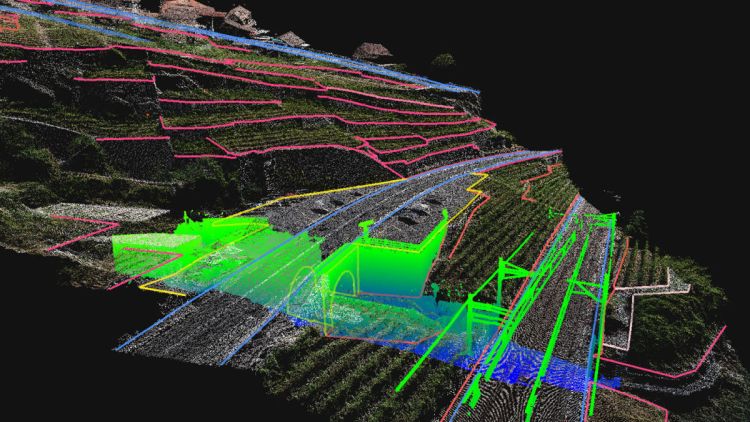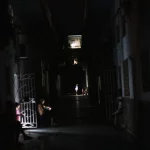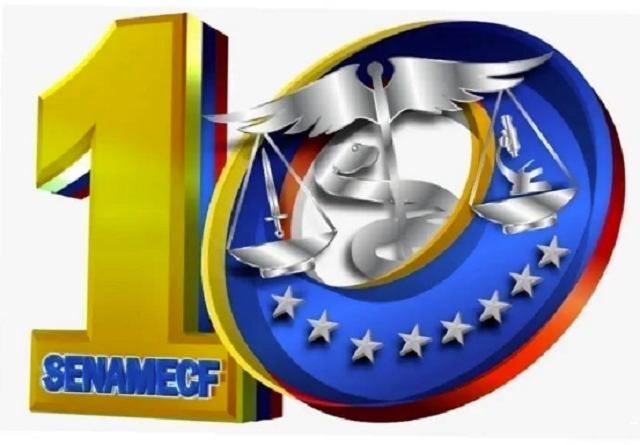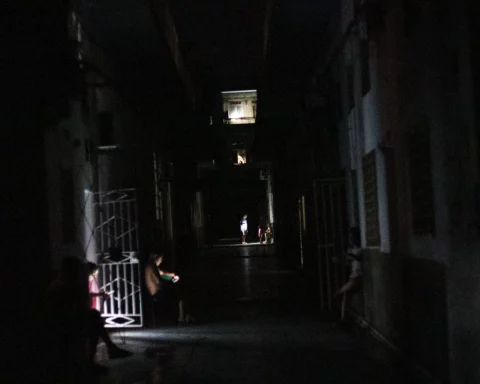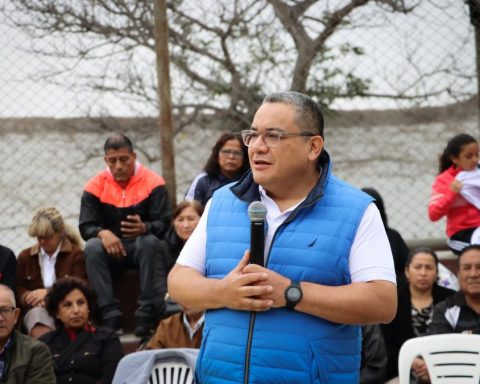The Minister of National Defense, Javier Garciaheld a meeting with members of the National Human Rights Institution (INDDHH) and with the deputies of the Broad Front, Carlos Rodríguez and Micaela Melgar, where they reported the willingness of the portfolio to provide Air Force technology, LiDAR, to search for bodies buried in military properties through topographical studies.
At the meeting, García explained that this was a topic that had been previously discussed with the INDDHH and the deputies present. Likewise, he explained that it is a technology that performs topographical studies that allows determining if there were “certain types of excavations” in some properties.
“We are going to put all the will, all the technique and the aerial platform of the Uruguayan Air Force to make this request,” he added. Likewise, he stressed that acquiring equipment from the national Air Force would not cost anything.
The name of the proposed technology responds to the acronym in English of the artifact (Light Detection and Ranging). According to the portal acolyte, this is a telediction method that originated in the sixties. However, it only became popular 20 years later, with the introduction of GPS.
LiDAR Components
LiDAR has three fundamental instruments: a scanner, a laser and a GPS receiver. In addition, they use a photodetector and optics for data collection and analysis. Helicopters, drones, or common aircraft are often used to access LiDAR data.
This technology makes it possible to measure the exact distance of an object on the earth’s surface. It works with a pulsed laser that calculates the variable distances of an object from an earth’s surface. The light pulses, together with the information collected by an airborne system, produce precise 3D information about the land surface in question and the target object.
This method stands out for its precision: due to the speed at which light travels (approximately 300,000 kilometers per second), the measurement process is very accurate and quick to calculate.
